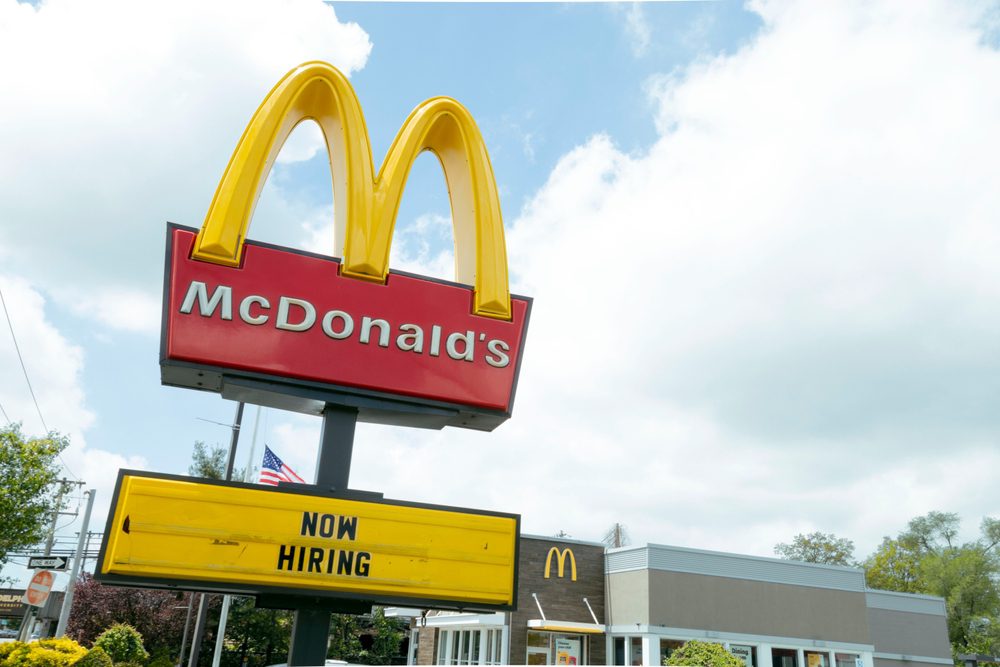CAN TARGETING in the interactive display ad arena make a difference? Boston’s NineCo is betting it does, and agencies that have placed clients on the company’s Web site seem to concur.
NineCo, which hosts Internet games on Gamesville.com, has built a 1.2-million-name database of players. Site registrants exchange address and basic demographic information for the right to play games and win prizes. In return, NineCo provides advertisers with player-by-player segmentation.
Typical players stay on Gamesville.com for about 34 minutes, enough time for several electronic commercials to be broadcast to them during lulls between games. And since the advertiser’s actual Web site pops up on the player’s screen during the spot, click-through rates are higher than those for banner ads.
NineCo has built several mechanisms into Gamesville.com to keep the data fresh. A reminder that “some prizes go unclaimed” is enough for 7,500 players a month to volunteer change of address/e-mail information.
Mass Transit Interactive (MTI), an online media planning agency in Brooklyn, NY, has placed nearly a dozen clients on various game sites. The click-through rate needed to make most campaigns successful is very small, according to Heller.
Small, perhaps, but minute variations in sales rate can mean the difference between a successful campaign and a failed one. If a site typically sees a 1.5% sales rate on the pop-up advertisements, but is able to establish that men are purchasing at a 2% rate, targeting options increase an advertising budget’s effectiveness.
One of MTI’s clients, online florist ProFlowers, ran a pre-Christmas campaign using a combination of electronic commercials and banner advertising geared to 18- to 35-year-old men. The client settled on three bouquets, each priced at $19.99, which were featured on ProFlowers’ home page. This price point and setup fit the unique demographic targeted-as did the tendency to make a quick buy. Back-end tracking showed that customers that came in through the targeted e-mercials were twice as effective as those drawn by the banner ads.
There’s a reason for this. Since the advertiser’s site appears within the e-mercial, the potential customer’s decision whether or not to click through is unnecessary. “As a direct marketer, [a client] wants to eliminate as many variables as possible,” says Heller.
The system has also worked for products with limited audiences.
Network 1 Securities targeted management information systems and information technology professionals for a special financial package. Mass Transit placed banner-and-button ads on CMPnet, and purchased e-mercials on Gamesville.com aimed at computer tech employees. Gamesville.com players who listed this as a profession, reports Heller, outperformed CMPnet in terms of the cost to acquire a new customer.
 Network
Network

